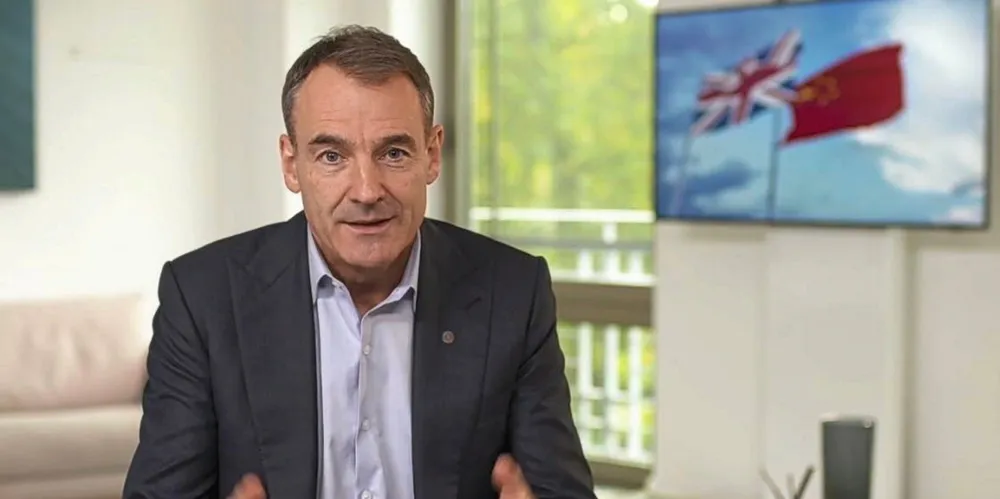BP raises dividend despite tumbling profit and German wind splash
Profits sink 69% and fall below forecasts as supermajor launches another $1.5 billion buyback

A combination of lower oil and gas prices, below-par oil trading and weakening refining margins reduced BP’s second-quarter 2023 profit to less than half of that posted in the same period last year, but the UK supermajor moved to sweeten the news by increasing its dividend to 10%.
BP reported an adjusted net profit of $2.59bn in its second quarter earnings report today (Tuesday). Net income was 69% less than in the same quarter last year, when oil and gas prices were soaring to record levels due to the fallout of Russia's invasion of Ukraine and it was well below analyst-compiled expectations of $3.5bn, provided by BP.
The company announced a further $1.5bn of share buybacks to be completed before the third quarter results in October and is targeting a return of 60% of this year’s surplus cashflow by this route.
“We’re delivering for shareholders growing our dividend and announcing a further share buyback. This reflects confidence in our performance and the outlook for cash flow, as well as continued progress reducing our share count,” said Bernard Looney, BP's chief executive.
Analysts at brokerage Redburn commented that the buyback levels was in line with expectations, but the dividend increase was “a big surprise … given the weaker underlying result and an increase in net debt”.
Green spend call
Buyback schemes and bumper dividends have been a trend among big oil companies in recent years, but the strategy has raised questions about their willingness to re-invest profits in clean energy.
Imogen Dow, at conservation campaign group Friends of the Earth said: “With BP’s earnings for last year more than double 2021’s takings, you’d think it might have significantly increased investment in clean and cheap renewable energy – but earlier this year the oil and gas giant retreated on its climate commitments instead."
Under German rules, the successful bidders will pay only 10% of the total fee upfront and spread the remainder over 20 years after commissioning, reducing the upfront cost to around $750m for BP.
Debt leverage
Operating cashflow in the quarter stood at $6.3 billion, compared with $10.9 billion last year and also below consensus. BP said the decline was in line with earnings performance in the period.
Net debt increased to $23.6 billion, against $22.8 billion last year.
The company reported total hydrocarbons production in the quarter 1.37 million barrels of oil equivalent per day, 7% higher year-on-year.
Two projects came online this year so far – Mad Dog II in the Gulf of Mexico and MJ in India – addding 90,000 barrels of oil equivalent per day of new production capacity. In the second half of the year, BP expects to bring online Tangguh Phase 3 in Indonesia and Seagull in the North Sea.
In the integrated renewables segment, BP reported "significant progress" in growing its pipeline of hydrogen projects by 1.0m tonnes per annum to reach 2.8mtpa at the end of the second quarter, reflecting projects moving into concept development in the US and Oman.